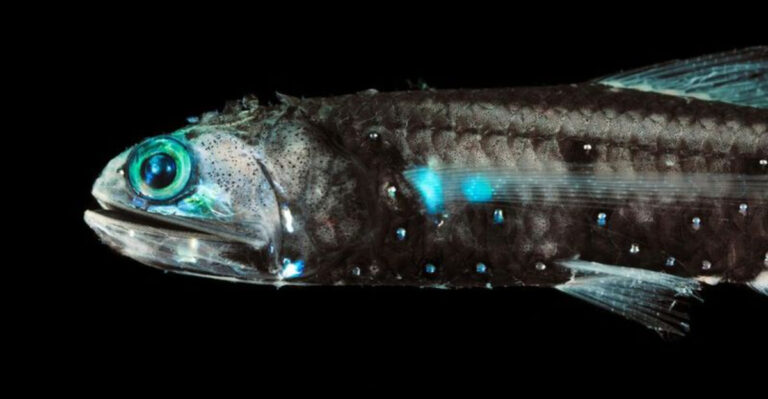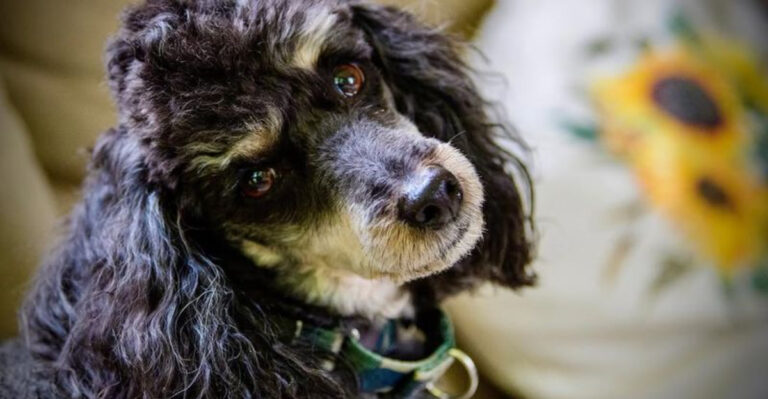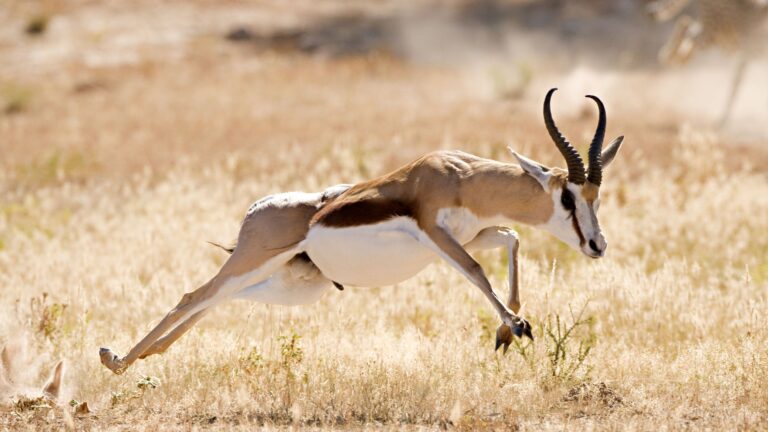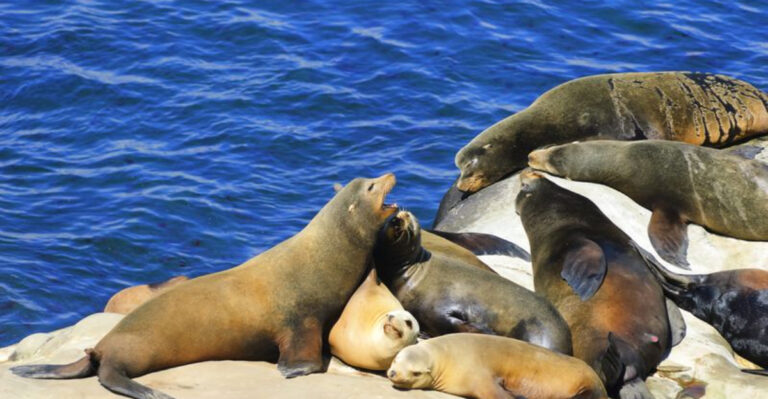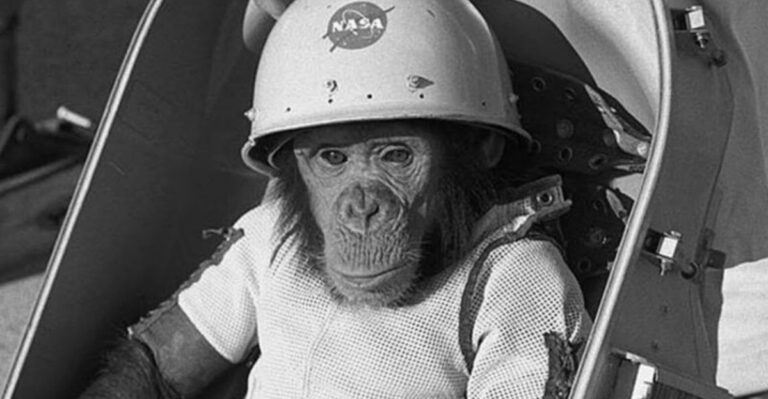9 Fascinating Tabby Cat Colors (And 4 Breeds That Can’t Have Them)
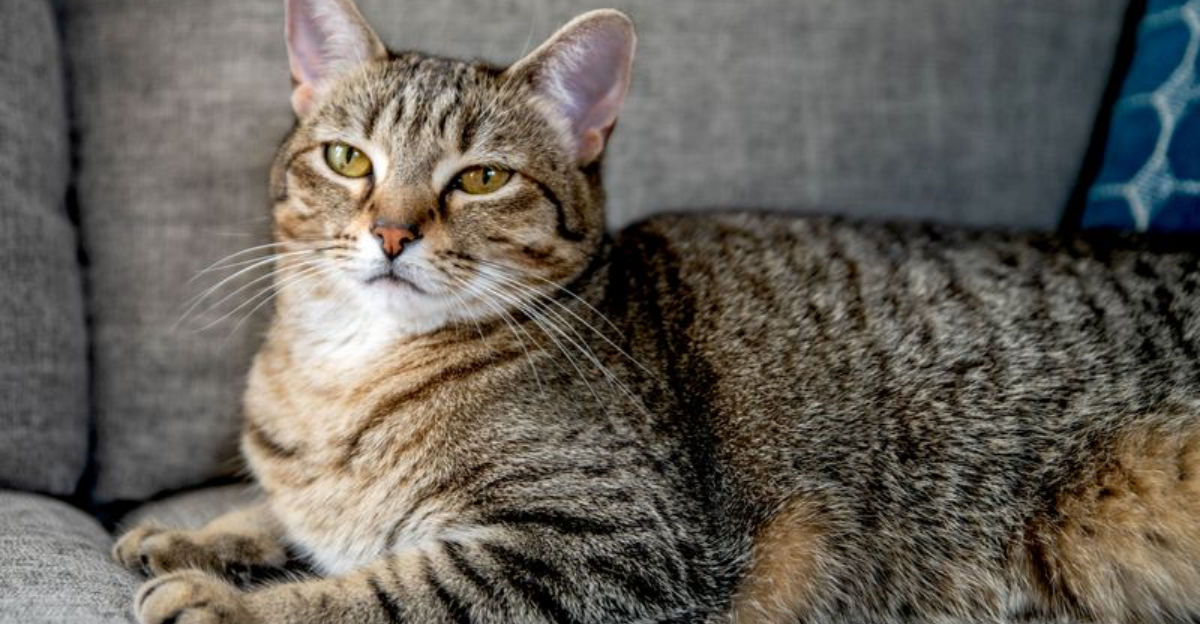
Tabby cats, with their distinctive patterns and markings, are among the most recognizable felines in the world. That familiar ‘M’ on their foreheads is just the beginning of what makes these cats special.
While many people think of tabbies as one color, there are actually several stunning variations that create unique looks across different cats.
Let’s explore nine beautiful tabby colors and five cat breeds that surprisingly can’t sport these iconic patterns.
1. Classic Tabby
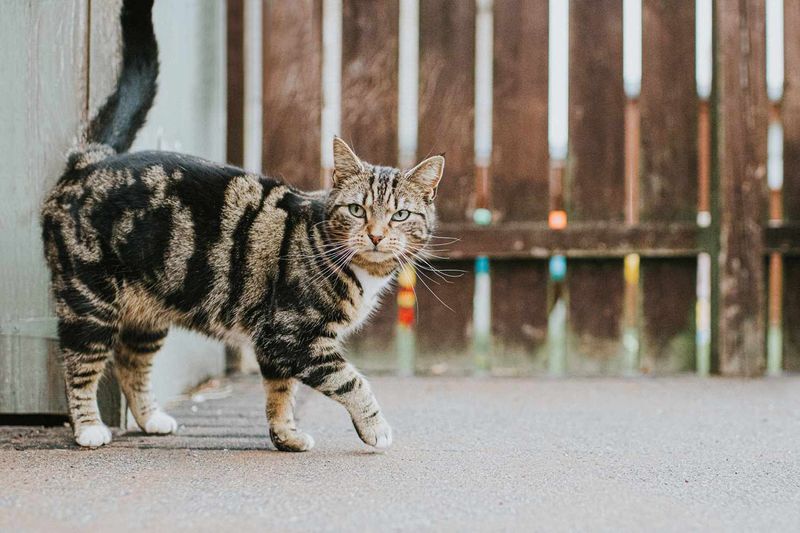
Think of swirling marble cake when you see a classic tabby! These cats showcase bold, circular patterns that create bullseye-like whorls on their sides.
The classic pattern (sometimes called ‘blotched’) creates a rich, almost regal appearance. Often appearing in browns and grays, these cats carry the most dramatic version of the beloved tabby markings.
2. Mackerel Tabby
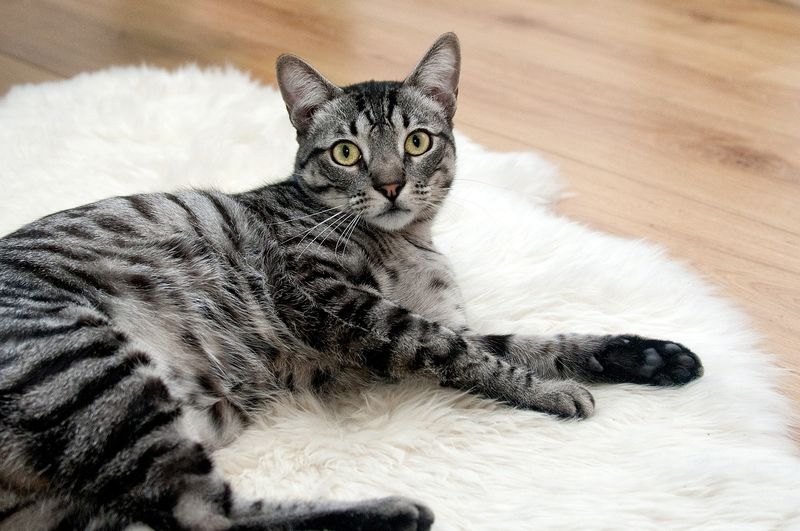
Mackerel tabbies are the tigers of the domestic cat world. Their bodies feature narrow, parallel stripes running from their spine down their sides like ribs from a fish skeleton.
This pattern appears in various colors including silver, brown, and orange. Mackerel is actually the most common tabby pattern, making these cats both distinctive and familiar to cat lovers everywhere.
3. Spotted Tabby
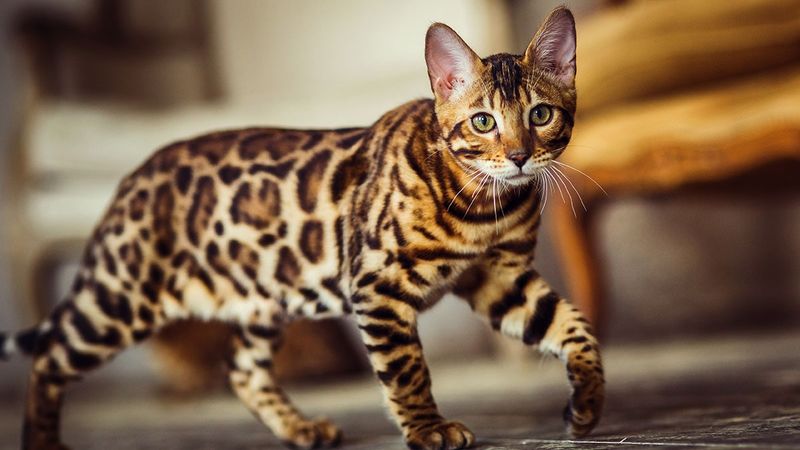
Spotted tabbies look like they’ve been decorated by a playful artist with a spotting brush! Their coats display broken stripes that form dots across their bodies.
These spots vary in size and placement, creating a cheetah-like appearance. Some spots are large and random while others form neat rows, but all spotted tabbies share that wild, exotic look that captures attention.
4. Ticked Tabby

Look closely at a ticked tabby and you’ll see magic in each hair! Unlike other tabbies, these cats don’t show obvious stripes or spots.
Instead, each individual hair is banded with multiple colors, creating a salt-and-pepper effect. This gives them a shimmering appearance that changes with movement and light, like they’re dusted with pixie dust.
5. Silver Tabby
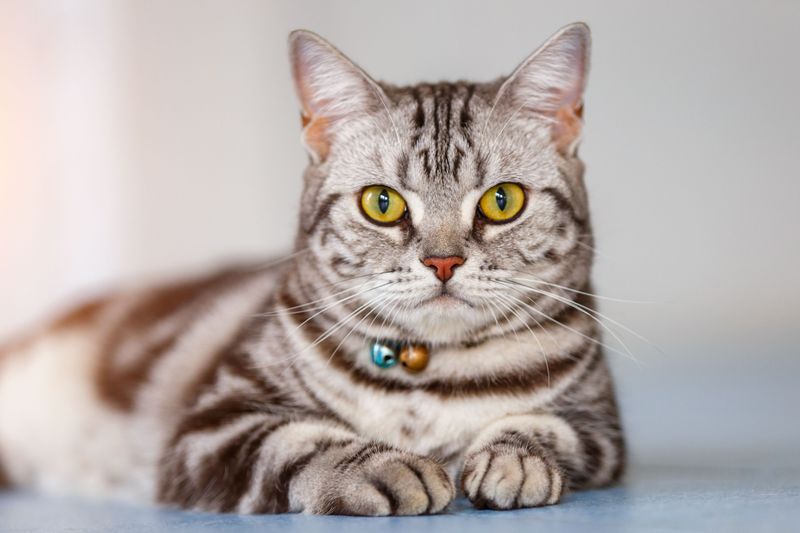
Silver tabbies seem to glow from within! Their pale, silvery-white undercoat creates a stunning backdrop for darker markings.
When light hits their fur just right, these cats appear almost luminescent. The high contrast between their bright base and dark tabby markings makes them particularly photogenic and eye-catching companions.
6. Brown Tabby
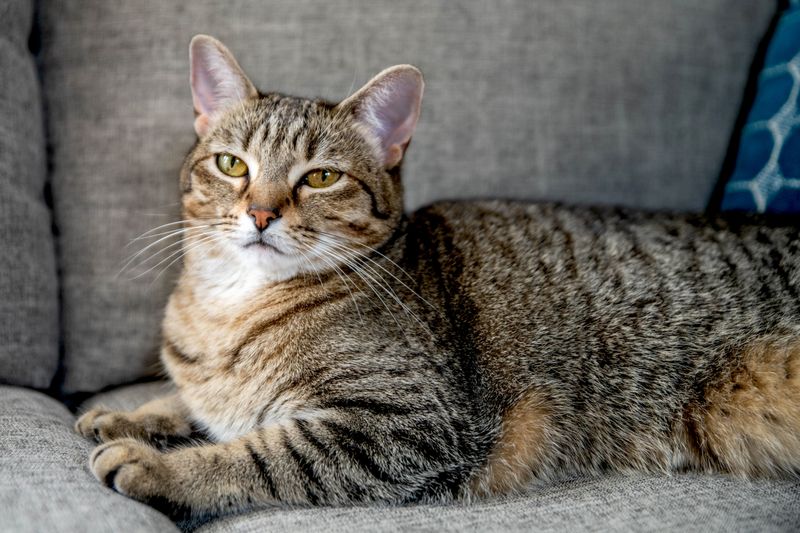
Brown tabbies wrap you in comfort like a cup of hot cocoa. Their warm, golden-brown coats feature rich chocolate or black markings that create a cozy, familiar appearance.
The most common tabby color, these cats almost always sport the famous ‘M’ on their foreheads. Their earthy palette ranges from light tan to deep auburn, complementing their often amber or green eyes.
7. Red Tabby
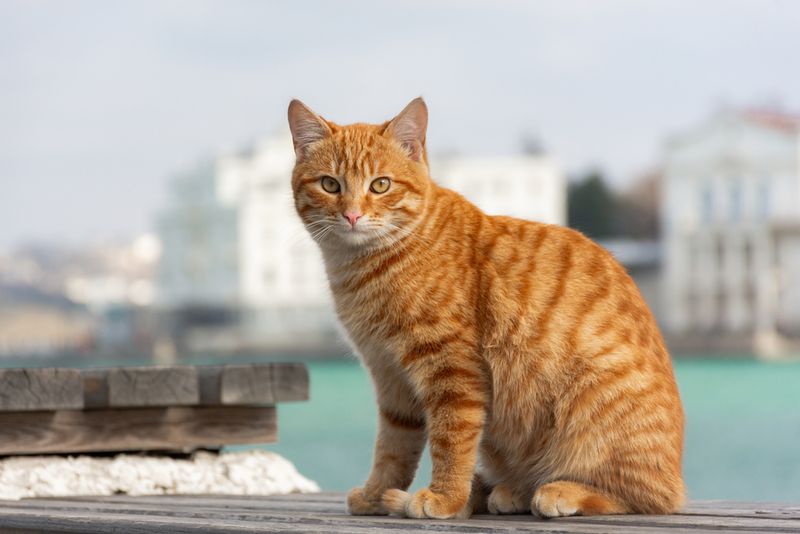
Red tabbies bring sunshine wherever they go! Often called orange or ginger cats, their coats range from pale peach to deep rust.
These flame-colored felines frequently have freckles on their noses and lips. Most red tabbies are male due to color genetics, making female gingers somewhat rare treasures in the cat world.
8. Blue Tabby
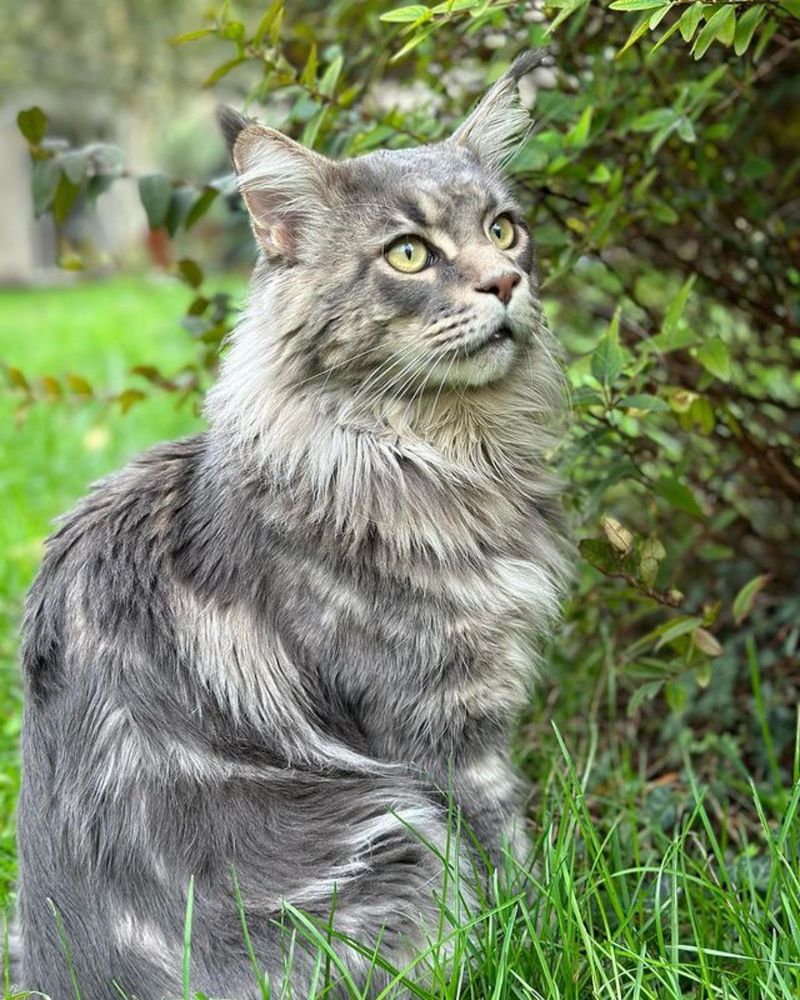
Blue tabbies wear the color of morning fog. Their silvery-gray coats have a distinct cool, bluish tint that sets them apart from standard gray cats.
The soft, diluted color gives these cats an almost ethereal quality. Blue tabbies often pair their misty coats with striking copper or gold eyes, creating a beautiful contrast that’s hard to look away from.
9. Cream Tabby
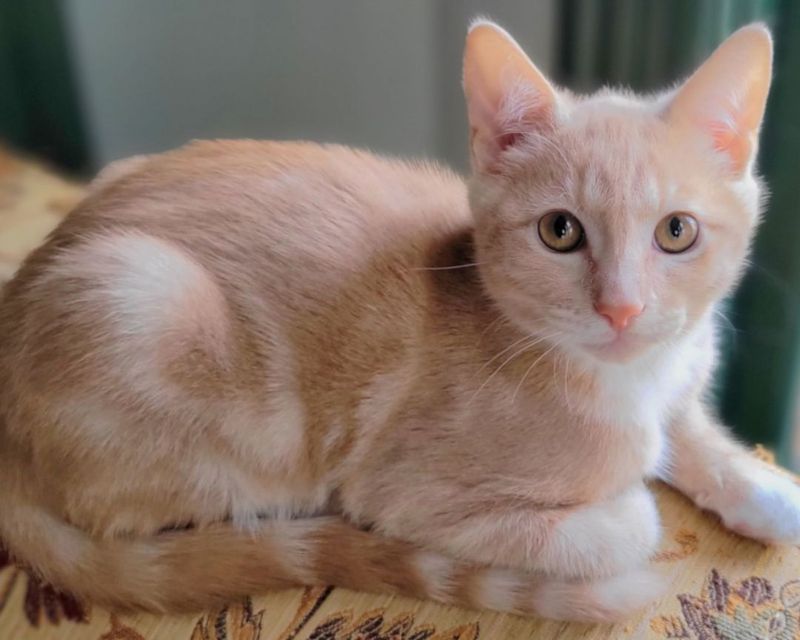
Cream tabbies float through life in pastel perfection. These cats display the diluted version of the red tabby, with soft beige to pale ivory coats.
Their markings appear in slightly darker cream shades, creating a subtle, elegant pattern. Sometimes called “buff” tabbies, these gentle-colored cats often have pink noses and paw pads that complement their delicate coloration.
10. Sphynx
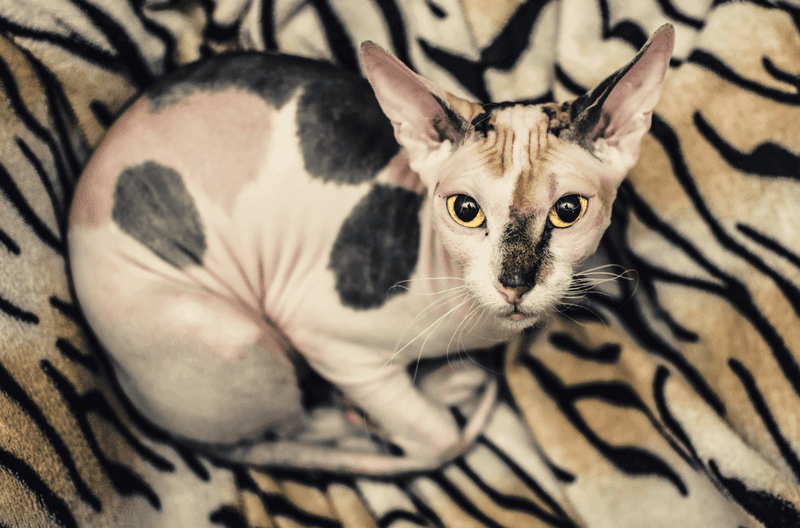
Sphynx cats break all the tabby rules! Without fur to display patterns, these wrinkly wonders can’t technically be tabbies.
Fascinatingly, their skin sometimes shows ghost patterns where tabby markings would appear if they had fur. These skin pigmentations reveal the tabby genes hiding beneath their hairless exterior – nature’s way of painting on a blank canvas.
11. Scottish Fold
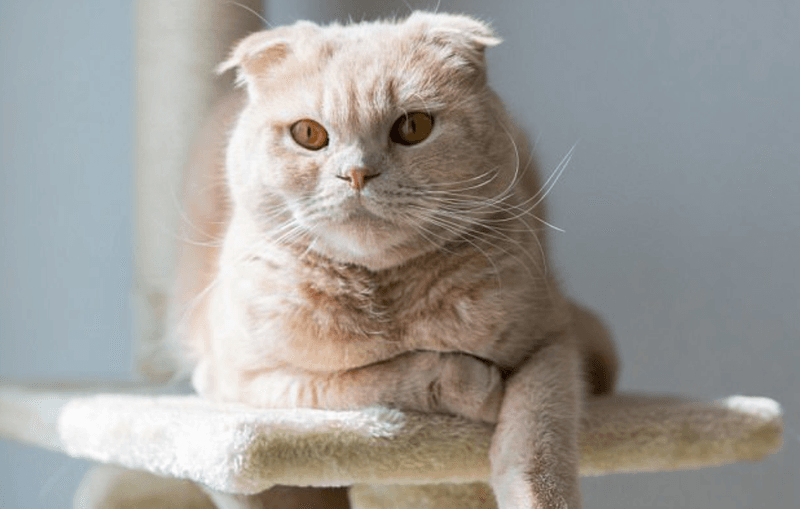
Scottish Folds steal hearts with their folded ears, not tabby patterns. While their genetic makeup allows for various colors, true Scottish Folds rarely display classic tabby markings.
Breeders typically focus on solid or bicolor coats that highlight their distinctive folded ears. When you spot a Scottish Fold, you’re more likely to see solid gray, white, or cream coats than striped tabby patterns.
12. British Shorthair
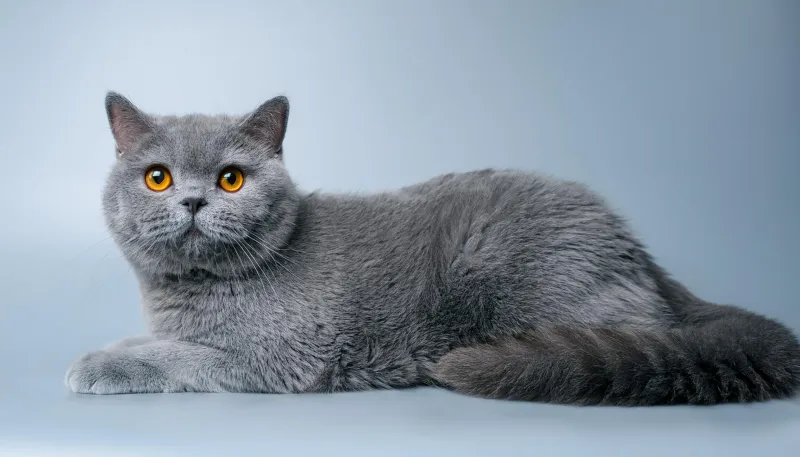
British Shorthairs rock the solid blue coat like no other breed! While technically they can have tabby patterns, these chubby-cheeked cats are overwhelmingly bred for their signature solid colors.
The famous “British Blue” with its plush, solid gray-blue coat represents the breed standard. Their dense, crisp fur shows off solid colors beautifully, which is why breeders rarely focus on developing tabby variations.
13. Persian
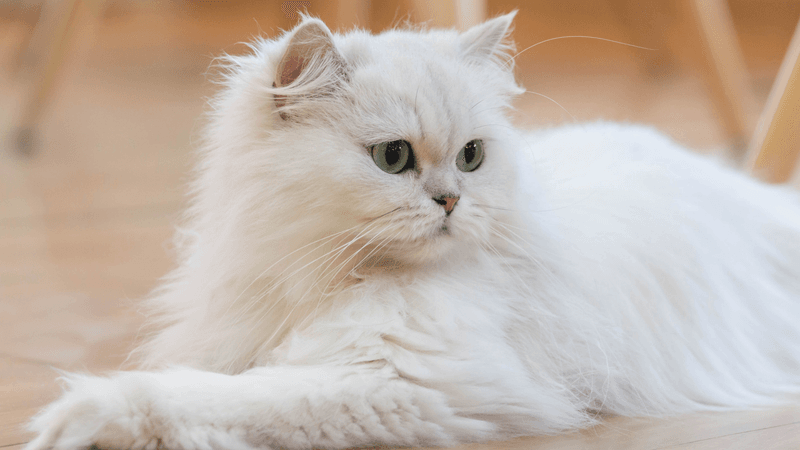
Persians float through life as fluffy clouds of color. Their ultra-long, thick fur typically displays solid colors rather than tabby patterns.
The breed standard emphasizes their flat faces and luxurious solid-colored coats. While tabby Persians exist, they’re far less common in show rings than their solid-colored siblings in silver, white, or black varieties.


